Berber Carpet Guide: Styles, Cleaning & Durability
Wool Berber Carpet: A Blend of Tradition and Comfort
Berber carpet, with its distinct looped style and enduring charm, has been a staple in homes for decades. Originating from the Berber tribes of North Africa, particularly Morocco, this type of carpet is renowned for its rugged texture and resilient nature. Berber carpets were traditionally handwoven by the Berber people, using wool from their sheep. The term 'Berber' now broadly refers to carpets with a loop pile construction and typically flecked colour patterns.
The uniqueness of Berber carpets lies in their looped and uncut yarn, which gives them a distinct knot-like appearance. This construction method not only contributes to their durability but also provides a cushiony feel underfoot. Originally, these carpets were undyed, retaining the natural colour of the sheep's wool. However, modern interpretations have introduced various colours and patterns, while maintaining the carpet's signature texture
Berber carpets are celebrated for their ability to withstand significant foot traffic, making them an ideal choice for busy households. The tight loops are effective at hiding dirt and stains, contributing to their reputation as a practical and low-maintenance flooring option. Despite their rugged durability, Berber carpets offer a surprisingly soft surface, creating a comfortable and inviting atmosphere in any space.

Algerian Rugs
Algerian rugs: Time-honoured craftsmanship, Berber heritage, and vibrant designs, encapsulating the essence of Algeria's cultural richness.
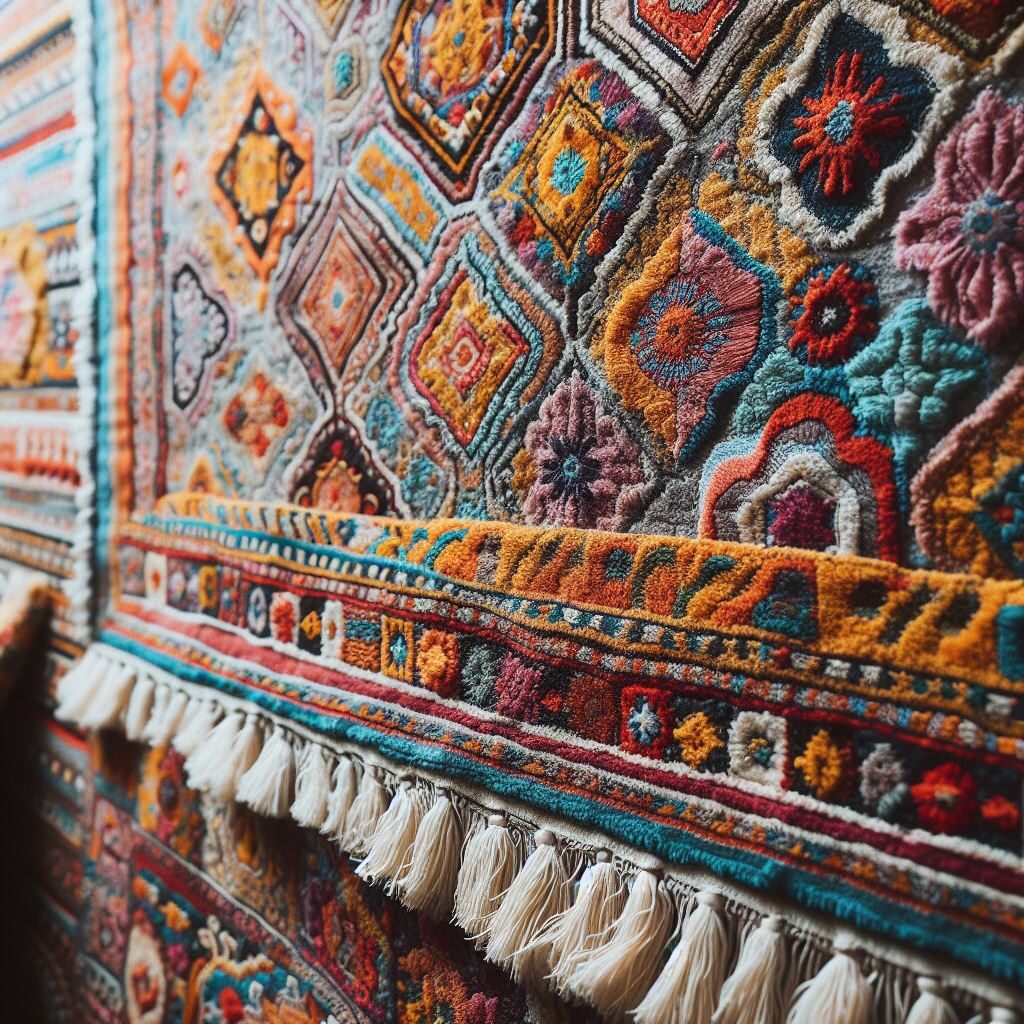
Moroccan Rugs
Moroccan rugs: Distinctive patterns, lush textures, and centuries of artisanal tradition woven into every intricate thread, embodying cultural elegance.
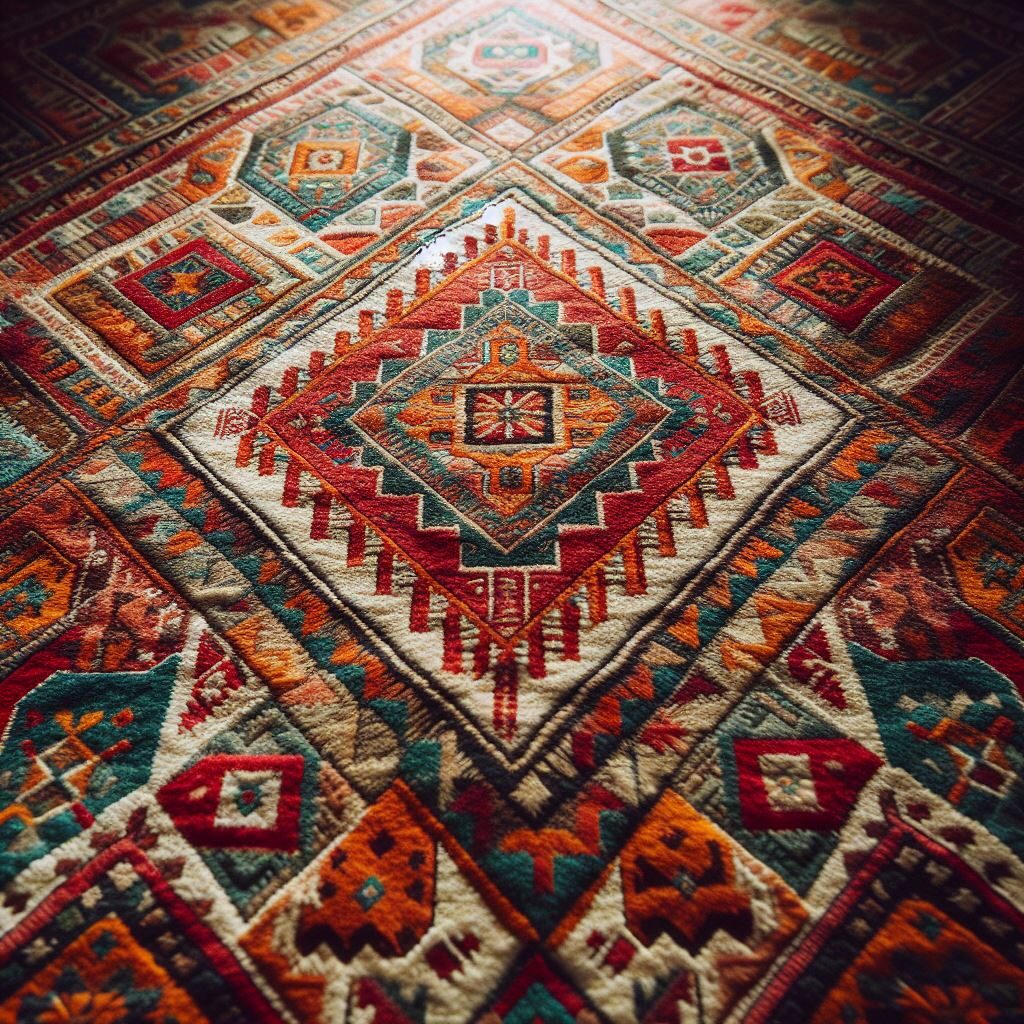
Tunisian Carpets
Tunisian rugs: Elegantly woven heritage, vibrant colours, and centuries-old craftsmanship capturing Tunisia's cultural essence in every exquisite detail.
Berber Style Rugs: Modern Interpretations
Berber rugs, a subset of Berber carpets, are revered for their simple yet striking designs and robust construction. These rugs typically feature geometric patterns and symbols that are deeply rooted in the Berber cultural heritage. Each pattern and symbol tells a story, often reflecting the weaver’s life, beliefs, and the natural environment around them.
The allure of Berber rugs lies in their versatility and the warmth they add to a room. Their simplistic and organic designs make them suitable for various interior styles, from rustic to modern minimalist. The texture and depth they bring to a space are unparalleled. Often made of wool, these rugs are soft to the touch yet durable enough to handle high traffic areas.
In contemporary settings, Berber rugs serve as a statement piece that can tie a room together, offering both aesthetic appeal and practical functionality. Their neutral colour palette, typically in shades of ivory, brown, and gray, allows them to blend seamlessly with different colour schemes and design elements. The handwoven nature of these rugs also adds an element of artisanal craftsmanship to a space, making each rug a unique piece of art.
Marrakesh Berber Carpet: A Moroccan Jewel
Wool Berber carpets, known for their exceptional quality and comfort, offer a perfect blend of tradition and modernity. Originating from the ancient Berber tribes of North Africa, these carpets are characterized by their distinctive looped style and natural, earthy tones. The use of wool in Berber carpets dates back centuries and is a testament to the material's durability and luxurious feel.
The appeal of wool Berber carpets lies in their unique texture, warmth, and natural insulation properties. Wool is an excellent material for carpets as it is naturally stain-resistant, flame-retardant, and has hypoallergenic qualities. These carpets are ideal for homes seeking a cosy yet sophisticated atmosphere. The looped construction of Berber carpets adds to their durability, making them suitable for high-traffic areas while providing a soft underfoot experience.
In terms of maintenance, wool Berber carpets require regular vacuuming to prevent dirt accumulation in the loops. Immediate attention to spills and professional cleaning can help maintain their pristine condition. Despite their need for care, wool Berber carpets are a sustainable and long-lasting choice, often outlasting synthetic alternatives. Their timeless design, coupled with the benefits of wool, makes them a favoured choice for those looking to combine comfort, style, and durability in their flooring.
Maintaining Your Berber Carpet: Effective Cleaning Techniques
Berber style rugs have evolved from their traditional roots to embrace modern design aesthetics, making them a versatile choice for various interior designs. These rugs retain the classic characteristics of Berber carpets - looped pile, neutral colour palettes, and simple yet captivating patterns - while incorporating contemporary elements.
Modern Berber style rugs come in a range of colours, from the traditional undyed whites and browns to bolder hues, adding a contemporary twist to their classic design. Designers have also experimented with the scale and spacing of the loops, creating varied textures and patterns. These rugs can fit seamlessly into minimalist, Scandinavian, and even eclectic decor styles, proving their adaptability.
In addition to their aesthetic appeal, modern Berber style rugs maintain the practical advantages of traditional Berber carpets. They are durable, easy to maintain, and comfortable underfoot. This combination of style and functionality makes Berber style rugs a popular choice in modern homes, bridging the gap between traditional craftsmanship and contemporary interior design trends.
Joe Rugs - Carpet Expert
Hello! I'm Joseph Rugs, the founder of CarpetJoe.com and your guide through the intricate world of carpets. Born and raised in London with a deep-rooted passion for art and culture, I've explored the globe to bring the rich tapestry of carpet weaving right to your screen. My academic background in arts and humanities from Oxford has fueled my curiosity, leading me to uncover the stories behind every knot and weave. As a family man, my adventures are shared with my loved ones, enriching our lives with every piece of art we encounter. Join me as we explore the beauty and craftsmanship of carpets together.
Berber Carpets in Home Design: Installation and Usage Tips
Marrakesh Berber carpets, originating from the vibrant city of Marrakesh in Morocco, embody the rich cultural tapestry of the region. These carpets are renowned for their bold, geometric patterns and vivid colours, reflecting the city’s historical and artistic heritage. The traditional Marrakesh Berber carpet is a blend of cultural symbolism and practical craftsmanship.
The distinctive design of these carpets often features diamond or zigzag patterns, symbolizing the Berber’s nomadic history and their connection to nature. The colours used are usually derived from natural sources, such as indigo for blue and henna for red, contributing to their unique and vibrant appearance. Marrakesh Berber carpets are typically made from high-quality wool, providing durability and a luxurious feel.
These carpets are not just floor coverings; they are a statement of Moroccan art and craftsmanship. In contemporary interior design, they are highly sought after for their ability to add a touch of exotic elegance to any space. Their robust construction makes them suitable for high-traffic areas, while their aesthetic appeal makes them a focal point in modern home decor. Marrakesh Berber carpets continue to be celebrated for their blend of cultural authenticity and modern appeal.
Weighing Your Options: Benefits and Challenges of Berber Carpets
Maintaining a Berber carpet requires specific techniques to preserve its quality and appearance. Known for their tight weave and durable design, Berber carpets can last for many years if cared for properly. Regular maintenance and prompt attention to spills are crucial in keeping these carpets in pristine condition.
For routine cleaning, it is recommended to vacuum Berber carpets at least once a week to remove dirt and prevent it from settling into the fibres. Using a vacuum without a beater bar is advisable, as the bar can damage the loops of the carpet. For spills, immediate blotting with a clean, dry cloth is key. Avoid rubbing the spill, as this can push the liquid deeper into the carpet.
For more thorough cleaning, professional carpet cleaning services are recommended, especially for wool Berber carpets. These professionals use methods and solutions that are safe for Berber carpets and can effectively remove deep-seated dirt and stains. It’s also important to address any snags or runs promptly to prevent further damage. With proper care and maintenance, Berber carpets can remain a beautiful and functional part of your home for years to come.
Common Types or Rugs
Each type of Oriental rug has its unique charm and story, making them more than just a luxury item; they are a piece of their country's cultural legacy. Collectors and enthusiasts of Oriental and Persian rugs appreciate them not only for their aesthetic appeal but also for their cultural, historical, and artistic significance.
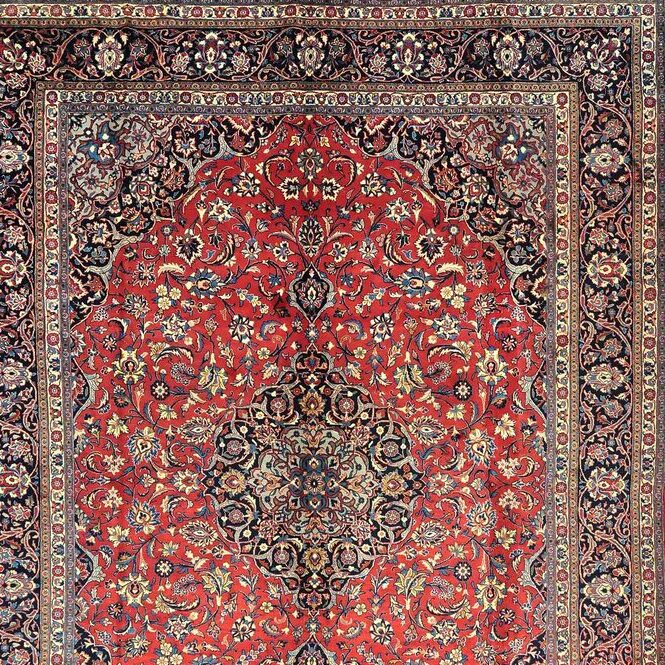
Persian Rugs
Originating from what is now modern-day Iran, Persian rugs are celebrated for their unparalleled craftsmanship and enduring beauty.
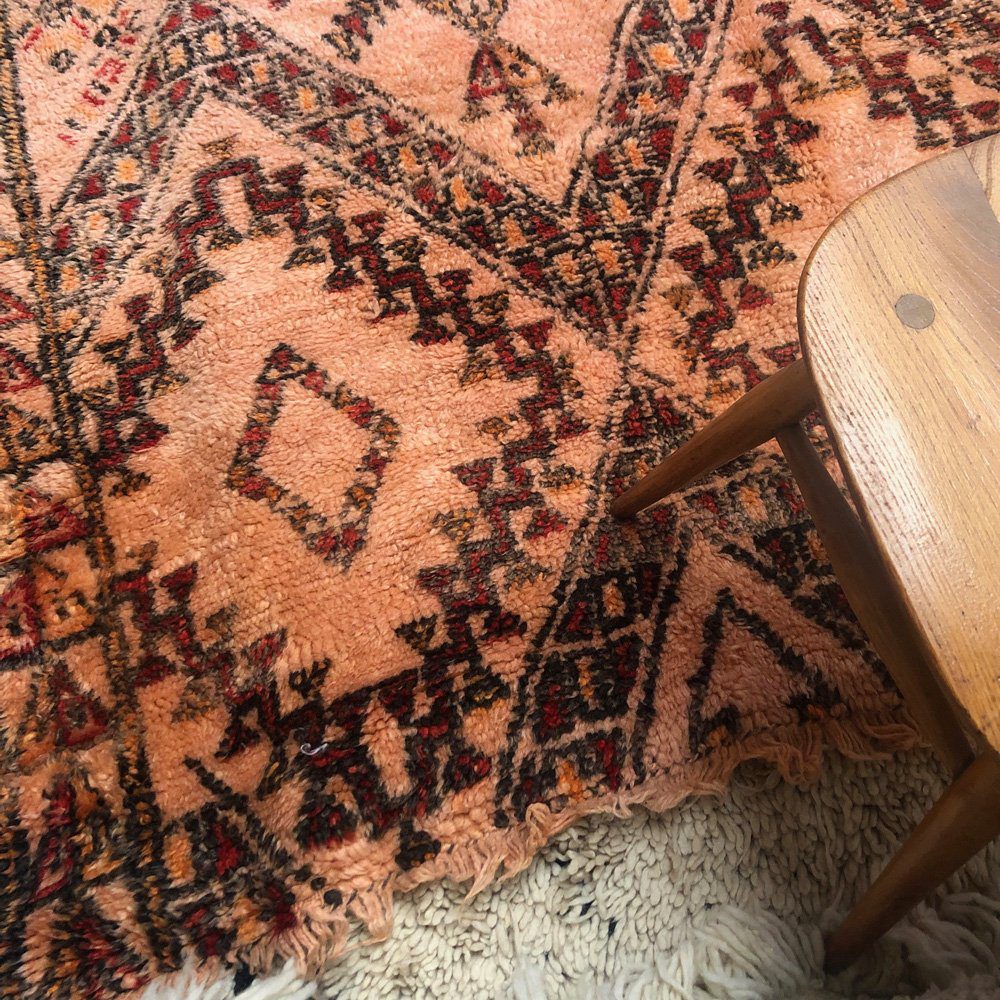
Afghan Rugs
Timeless Afghan rugs: exquisite craftsmanship, rich history, and intricate designs woven into every thread, epitomizing cultural heritage and beauty
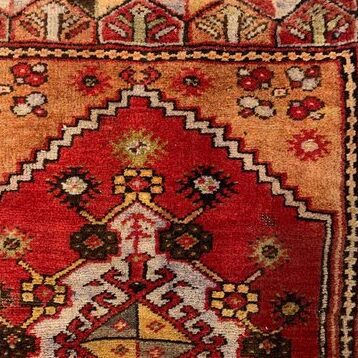
Turkish Rugs
Turkish rugs have a legacy steeped in history and artistry, and have always been a symbol of exquisite craftsmanship and cultural significance.
Frequently Asked Questions
Berber carpet is a distinctive style of carpet characterized by its loop pile construction and typically flecked color patterns. Originally made by the Berber tribes of North Africa, these carpets are known for their durability and resistance to footprints and vacuum tracks. Berber carpets can be made from various materials including wool, nylon, and olefin.
To clean a Berber carpet, regular vacuuming without a beater bar is recommended to prevent damage to the loops. For spills, blot immediately and clean with a mild detergent solution. Avoid soaking the carpet as Berber’s tight weave can hold moisture. For deep cleaning, it’s advisable to hire professional cleaners experienced with Berber carpets.
Laying Berber carpet requires careful preparation and precise installation. Start by cleaning and leveling the floor. Install a quality padding specific for Berber carpets. During installation, ensure the carpet is properly stretched to avoid wrinkles and use a power stretcher. Hiring a professional installer is often recommended for best results.
Berber carpets are made from various materials, each offering different qualities. Traditional Berber carpets are made from wool, known for its durability and luxurious feel. Modern Berber carpets are often made from synthetic materials like nylon and olefin, which are less expensive and offer stain resistance.
To repair a run in a Berber carpet, begin by stopping the run from further damage using glue or a carpet adhesive. For larger runs, it may be necessary to cut out the damaged section and replace it with a patch, matching the carpet’s pattern and direction. Hiring a professional carpet repair service is recommended for seamless results.

